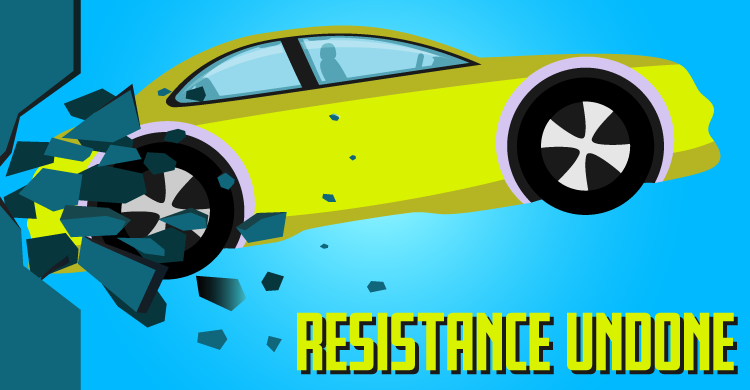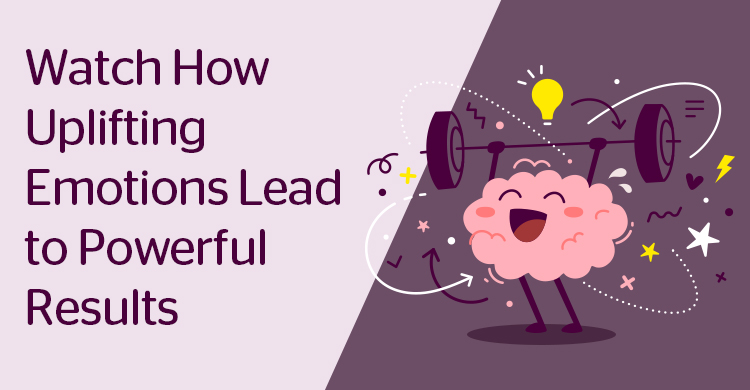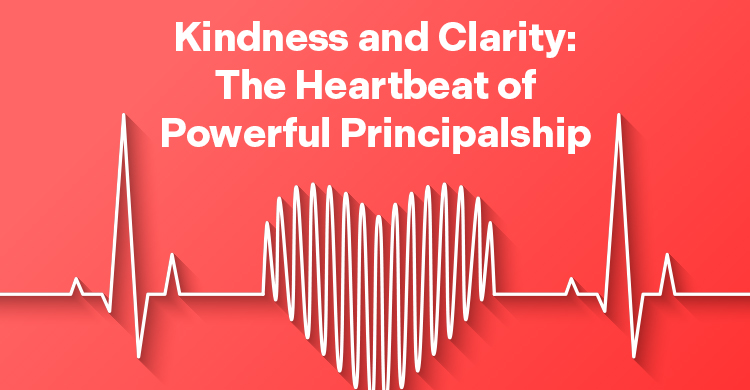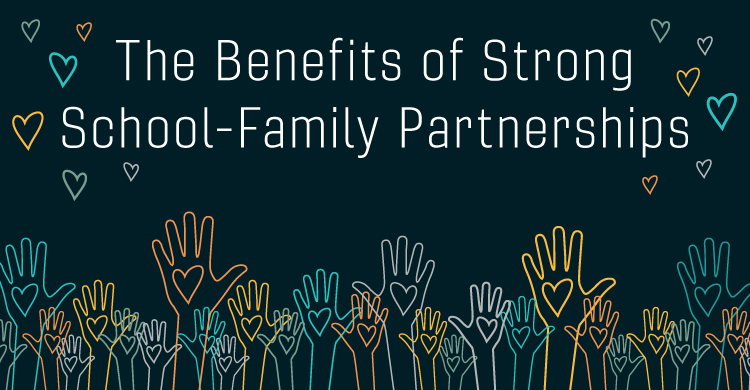A PBL Story
At an urban school with above-average STEM scores, faculty fought against the principal’s effort to raise expectations and do “even more.” When she had first urged her deeper learning vision with a call for project-based learning, many teachers balked. “Last year we worked hard to get our scores up. Don’t ask us to change what works. You can say that PBL will help even more, but who knows?”
The principal persisted. She slowed down her implementation plan. Instead of an all-school mandate, she asked for volunteers, even as she acknowledged that embarking on this shift was risky and would take time. In the following months, she and the assistant principals were diligent in downplaying the risk and in providing semimonthly grade-level team planning time for the volunteers. This time allowed half of the faculty to do the extra planning required for becoming comfortable and confident with their PBL instruction.
One by one, the volunteer teachers redefined their grade-level objectives and included the 4Cs in their outcomes, tried new units of instruction in the PBL mold, assessed what happened, and began to see more engaged, excited students. Using rubrics as well as holding on to their single-answer quizzes, the teachers began to notice the redundancy of the quizzes. “It was easy to see and hear what kids had learned. Why waste time with quizzes that said the same thing?” a fifth-grade teacher asked.
After the annual March test, the numbers increased. Fifty-two of the school’s sixty teachers volunteered. “Some people like to jump right into the cold ocean,” the principal acknowledged. “Others wait and see before they put one toe in the icy water.” The early adopters finished four units each; the toe-tippers finished one-fourth of that number by June. Soon after the annual state testing results arrived in late July showing significant gains for students in the early adopters’ rooms, the eight disbelievers agreed to start PBL units in September.
One last holdout, the middle-grades math teacher, resisted until late May. When it came time for an all-faculty gallery walk to present and assess showcase projects for inclusion in the school’s cache of project plans, he agreed to plan, do, and assess his own project. After he presented a PowerPoint explanation of his standards-aligned probability project—and the PowerPoints his students had made showing how they had used statistics to make predictions—he acknowledged, “I guess I was the last holdout. I wish I had started sooner. I have to admit, in this last unit, my kids did better than ever.”
By the next October, all had piloted at least one PBL unit. The principal lauded their effort. Better yet, in classes where students had engaged in their deeper learning units prior to the March test times, there was evidence that the test scores had jumped. “The fifth-grade team had done the most,” the principal noted. “And they had the biggest NWEA gains. That’s only a small point, but given the increased engagement I am now seeing in all the classes using PBL and the number of rubrics for all parts of the projects, I am going out on a limb to predict that the more we change over to PBL, the deeper the learning and the better for all the scores. I am proud that you all joined in, some I know sooner than others, but you did make this a team effort.”
Lessons Learned
When teachers have put all of their their energy into producing test scores, it’s not unusual for them to ask “Why? After we have worked hard to get these outcomes, why do you want us to change the way did it?”. I find these questions are quite common and quite legitimate. But so is a vision for deeper learning outcomes, such as the story’s principal shared. The takeaways from this story are important for all school leaders wanting to move beyond test scores.
- Project-based learning is not an end in itself. It is a means to an end.
- The desired outcome of PBL is not to raise test scores by increasing engagement.
- The purpose of PBL is to enable students to be more capable critical and creative thinkers, able to transfer these skills into their course content and/or solve real-world problems.
- For deeper learning outcomes, teachers’ preparation requires more than a single workshop.
Solid implementation of a schoolwide deeper learning vision starts with a leader’s vision, time allotted for teacher teams to plan and review each others’ PBL lessons, peer and expert coaching to support implementation, patience for all to feel confident and comfortable with a new way of teaching, and authentic recognition of the effort it requires to make the significant instructional changes inherent in adopting a complex instructional model that is grounded in student agency.[author_bio id=”145″]







I liked the approach of the principal. Having some experience with implementations, piloting is a great option. thank you for sharing.